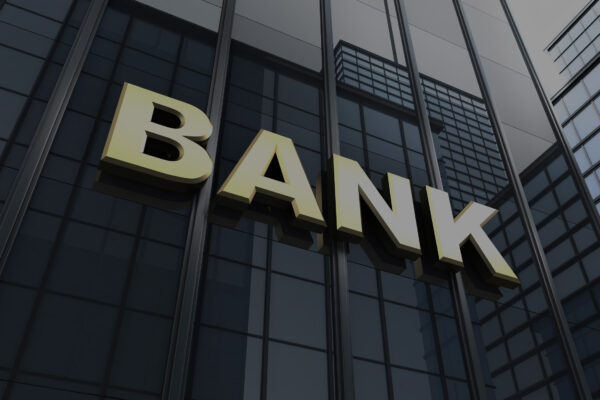

Does the bank act like a first aid institution?
The first call was to the bank.
– “Do you have any products for importers?”
– “How not to lose money on exchange rates?”
-Where do exchange rates come from and why can they fluctuate so much?
– “Can you lower the exchange rate for my company?
The bank told me that there are instruments to hedge currency risk. You can use forwards and currency options, but you need to be aware of how these instruments work and what are the subsequent risks arising from their use. What’s more, you need to complete adequacy tests to make sure that the bank understands what I’m doing.
“It’s probably not going to be as easy as I thought.” – I thought at the time.
I started looking for more information, reading various publications but I could not connect all the elements of the process in a coherent way.
At that time I met a company called Ebury, which had a banner that said “currency risk management”. After a brief conversation, it became clear that they offered similar capabilities to my bank, but in a way that was more appealing to me. I was convinced to give it a try.
I started analyzing my company’s financial data, invoice values, over days, weeks, months and intuitively figured out what I could do. When the dollar rate seemed low, I would enter into forward transactions, i.e. I would buy dollars, but the settlement of such a transaction (payment) would take place in 1, 2 or even 3 months. I could shorten the time for the transaction without any problem, but in case of lengthening the time for the transaction I had to argue additionally.
Several times it turned out that I needed to settle a forward, pay PLN, but at the time of settlement the market rate was better than the rate of such a transaction, and the advisor did not necessarily allow me to postpone the transaction. I began to be irritated by the lack of freedom in a situation where it was more profitable to buy the currency on the so-called SPOT. In addition, I was disturbed by the fact that I was imprecise in my choice of forward transaction amounts. I did not have a clearly defined system and moments of decision making. This imperfection in the process made me feel uncomfortable when making decisions about currency transactions. On top of that, I would usually get a call from a bank advisor before the end of the month offering to do a forward deal, because supposedly there were good rates at that moment.
Subconsciously I felt that I had not structured my FX risk management in the way I would have expected myself. I felt that I was making mistakes in calculations, that I did not have full knowledge of how to minimize FX risk, and that I sometimes acted too hastily without a well thought-out and repeatable strategy. On top of that I felt that an employee of a financial institution is not my “friend”. He sells banking products and it is in his interest that I buy as many of these products as possible, i.e. that the value of the collateral is high and preferably in single transactions, because his bonus depends on the amount of transactions with the client.
It was a breakthrough for me to understand that bank advisors do not have any data to deduce what I need, how high the level of risk protection should be, and if I ask them about anything, they do not know how well I have calculated it.
I recognized that bank products are needed and advisors can do a very good job but that is not the key to feeling secure and saving time.
So I decided to check another method…..
